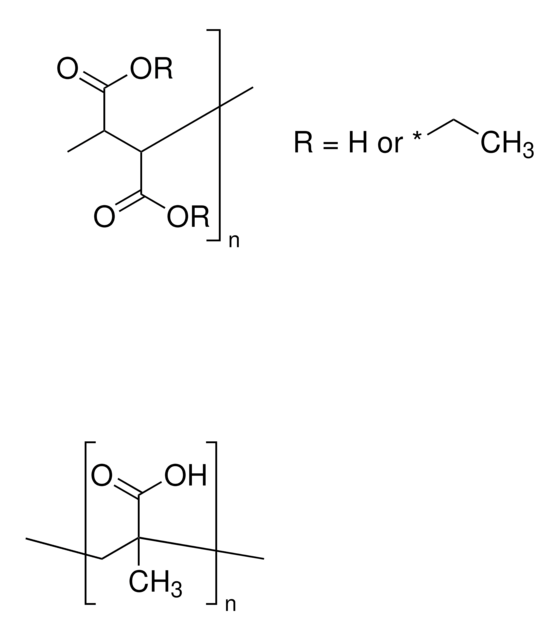439126
Aceton
suitable for HPLC, ≥99.9%
About This Item
Empfohlene Produkte
Dampfdichte
2 (vs air)
Qualitätsniveau
Dampfdruck
184 mmHg ( 20 °C)
Assay
≥99.9%
Form
liquid
Expl.-Gr.
13.2 %
Methode(n)
HPLC: suitable
Verunreinigungen
≤0.5% (water)
Abdampfrückstand
<0.0002%
Farbe
clear colorless
Brechungsindex
n20/D 1.359 (lit.)
bp
56 °C/760 mmHg (lit.)
mp (Schmelzpunkt)
−94 °C (lit.)
Löslichkeit
water: miscible
Dichte
0.791 g/mL at 25 °C (lit.)
λ
H2O reference
UV-Absorption
λ: 330 nm Amax: 1.00
λ: 340 nm Amax: 0.10
λ: 350 nm Amax: 0.02
λ: 400 nm Amax: 0.01
Eignung
suitable (pesticide analysis)
Format
neat
SMILES String
CC(C)=O
InChI
1S/C3H6O/c1-3(2)4/h1-2H3
InChIKey
CSCPPACGZOOCGX-UHFFFAOYSA-N
Suchen Sie nach ähnlichen Produkten? Aufrufen Leitfaden zum Produktvergleich
Allgemeine Beschreibung
Anwendung
It may be used in the following studies:
- NMR spectroscopic evaluation of glucose metabolism in biological samples (blood).
- Preparation of 13wt% amorphous poly (lactic acid) (PLA) solution, which was required for the preparation of electrospun PLA membranes.
- As a precursor for the synthesis of methyl isobutyl ketone (MIBK) in the presence of sulfonated graphene oxide-Pd/cordierite catalyst.
- Synthesis of (4-hydroxymethyl-2,2-dimethyl-1,3-dioxolane), a solketal from glycerol using supercritical fluids (SCF) technology.
- 1-isopropylidene-2-methylhydrazine
- 1-isopropylidene-2-hydroxyethylhydrazine
- 1-isopropylidene-2-formylhydrazine
Signalwort
Danger
H-Sätze
Gefahreneinstufungen
Eye Irrit. 2 - Flam. Liq. 2 - STOT SE 3
Zielorgane
Central nervous system
Zusätzliche Gefahrenhinweise
Lagerklassenschlüssel
3 - Flammable liquids
WGK
WGK 1
Flammpunkt (°F)
1.4 °F - closed cup
Flammpunkt (°C)
-17.0 °C - closed cup
Persönliche Schutzausrüstung
Eyeshields, Faceshields, Gloves
Hier finden Sie alle aktuellen Versionen:
Besitzen Sie dieses Produkt bereits?
In der Dokumentenbibliothek finden Sie die Dokumentation zu den Produkten, die Sie kürzlich erworben haben.
Unser Team von Wissenschaftlern verfügt über Erfahrung in allen Forschungsbereichen einschließlich Life Science, Materialwissenschaften, chemischer Synthese, Chromatographie, Analytik und vielen mehr..
Setzen Sie sich mit dem technischen Dienst in Verbindung.



